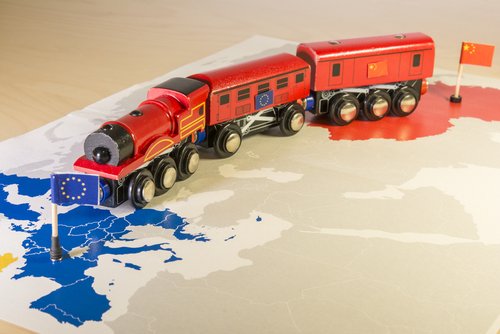Brussels (Brussels Morning) The EU foreign ministers, meeting in Brussels on Monday, agreed to launch a global plan to rival China’s Belt and Road initiative, offering infrastructure links between Europe and the world. A similar pledge was recently made by the G7 group of the world’s richest democracies.
The EU will set out a global connectivity plan starting in 2022. Dubbed “A Globally Connected Europe”, it aims to offer transparent infrastructure partnerships to developing countries as an alternative to the Beijing approach, which critics claim often camouflages debt incurred to Chinese banks.
One of the highest-profile victims of the so-called Chinese “debt trap” has been Montenegro. It is currently struggling with a 1 billion dollar loan from a state-owned bank in China that was raised to pay for a Chinese-built, 25-kilometre-long stretch of motorway planned to connect the port of Bar to the Serbian capital of Belgrade sometime in the future.
The terms of the loan give the Chinese bank the right to seize land within Montenegro should the country default on its payments. This proviso has prompted the small Adriatic country with EU membership aspirations to seek help from Brussels to reprogramme the debt.
The EU’s new infrastructure strategy is similar to recent partnerships it has entered with Japan and India, two countries wary of China’s initiative, to coordinate transport, energy and digital projects intended to link Asia and Europe.
Though Beijing and China are not mentioned anywhere in the formal text of the EU strategy, Reuters cites one EU diplomat as saying that the document has “China written all over it”. Speaking to the press on Monday, Germany’s Foreign Minister, Heiko Maas, said that China is using economic means to increase its political influence. In the circumstances, he noted, the EU must offer alternatives, rather than complain. .
The EU’s formal position on China, however, is one that still attempts to avoid any appearance of adversity. As Luxembourg’s Foreign Minister, Jean Asselborn, is at pains to point out, the German car industry sells more cars in China each year than in Germany.




